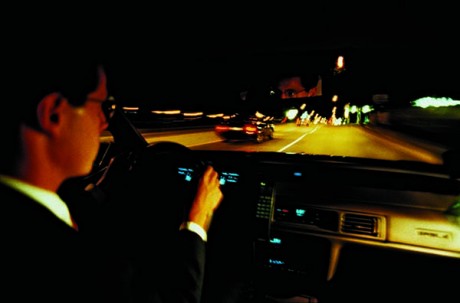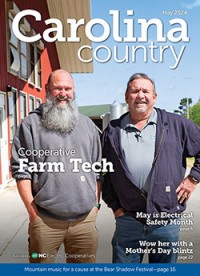Eye-opening truth
Driving at night presents a challenge for some
Although a lack of confidence while driving at night is most commonly associated with older drivers, new survey results reveal that drivers as young as 40 feel uncomfortable driving in dark, nighttime conditions.
This time of year, when darkness falls earlier, means more low-light driving time for drivers of all ages. However, for many people, driving at night is not a choice. In the survey, one in five respondents said that, despite feeling anxious, they still drive at night out of necessity.
Vision issues related to night driving can be organized into three categories: low-light conditions, which affect contrast and the ability to gauge distance; glare, which may cause a period of blind driving; and reaction time, which is reduced when visibility is hampered.
Low light
Low-light conditions make it harder for the eyes to see contrast and thus identify objects and gauge their distance. It is much more difficult for you, the driver, to make out an object or person in the street or to accurately measure how fast the person or object is moving or how far away they are at night versus during the day.
Glare disability and recovery
Glare and blinding light from an oncoming car's headlights not only disables vision in the moment, but there is a period of time before the eyes recover where people are left driving blind.
Reaction time
Reaction time is slower at night. The National Safety Council reports that 90 percent of a driver's reaction depends on vision, which is limited at night, so a person's ability to spot danger and react is compromised.
Nutrition and eyesight
Research reveals another solution for night driving vision concerns: protecting and even improving your vision. Scientific studies show that nutrition has a significant impact on visual performance, specifically the nutrients zeaxanthin and lutein. Zeaxanthin and lutein are carotenoids that make up the macular pigment — the eye area responsible for protecting vision.
Trace amounts are in foods like leafy greens, corn, eggs, and red, orange and yellow peppers, but because it is difficult to get enough in the average American diet, optometrists recommend a nutritional supplement. An example of one among several on the market is EyePromise vizual EDGE, a once-daily softgel that features high levels of dietary zeaxanthin. Learn more.
-
Share this story:




